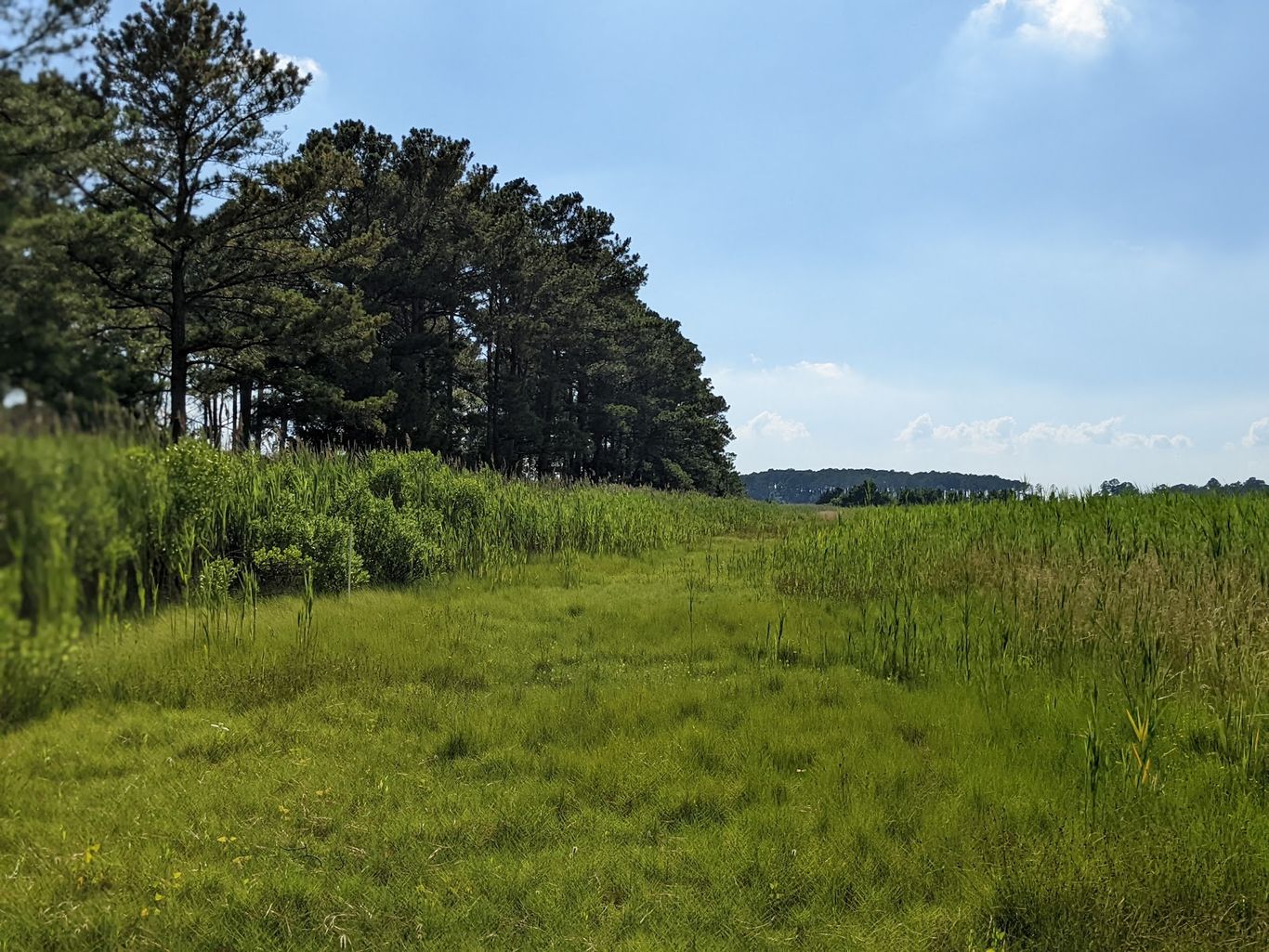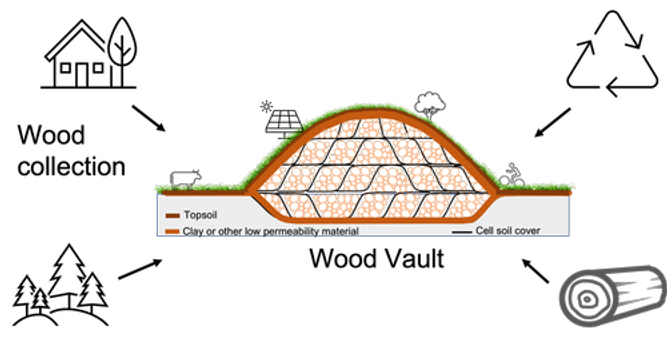
Combating Climate Change with Wood Harvesting and Storage
As part of Kinnevik's climate contribution strategy, we have made a market-shaping purchase of more than 1,000 tonnes of carbon removal from the Carbon Lockdown Project (CLP). This investment is funding CLP’s first of a kind Project Potomac Demo.
The CLP is a public benefit corporation dedicated to advancing wood harvesting and storage (WHS), a promising novel approach to carbon removal. CLP is led by Dr. Ning Zeng and has developed a science-based approach to remove CO2 from the atmosphere by burying residual coarse woody biomass securely in a Wood Vault engineered to maintain the anaerobic conditions that prevent wood decomposition.
The durability of stored carbon is expected to be 1,000 years or longer, and is supported by research data from the 9-year Montreal Project and analysis of naturally occurring geological and archaeological wood preservation.

How it Works
The process starts with the collection of unusable waste wood which would otherwise be mulched, burned, or left to rot. This can be anything from natural waste from forestry, fire risk reduction, and storm blowdown, to human-made waste such as urban tree removals, construction materials, and even old furniture.
After collection, the wood is placed into a “Wood Vault,” a specially engineered space created by digging a trench or converting an existing excavation such as an abandoned mine or quarry. It is covered by a layer of low permeability material, like clay, to isolate it from the biologically active topsoil. Once the topsoil is back in place, the land can be reused for grazing, agriculture, or recreation. It’s a remarkably efficient process, with a tiny carbon footprint in comparison to the amount of CO2 removed.
Project Potomac Demo
The Carbon Lockdown Project has ambitious plans for scaling WHS in the coming years. Kinnevik is honoured to have played a part through our recent purchase of more than 1,000 tonnes of carbon removal from the Carbon Lockdown Project. This market-shaping investment will provide funding for phase one of a groundbreaking new project: Project Potomac Demo, a first-of-its-kind, large-scale WHS site located near the Potomac River in Maryland, USA.
Project Potomac Demo will be situated in an area of farmland about the size of a small football field, where hydric soil means the land is not suitable for cropping. Coarse woody biomass from the surrounding area will be buried in a Wood Vault made up of multiple trenches. The excavated soil will be reshaped into curved strips of land that have climate co-benefits including erosion control and enhanced ecological diversity.
The larger Project Potomac has a carbon sequestration target of 25 kilotonnes, with future phases adding more storage capacity to the site. If applied across the State of Maryland, WHS has the potential to offset all greenhouse gas emissions from its agriculture sector.
Image: The Project Potomac site, where Kinnevik’s investment will fund Project Potomac Demo.

Global Net Zero
WHS has significant capacity to contribute towards global net zero emissions. If scaled globally, the carbon sequestration potential of WHS is up to 10 gigatonnes of CO2 per year - roughly a third of our current yearly fossil fuel emissions. At about USD 10-50 per tonne of CO2, WHS is comparatively low cost and is already economically viable for large-scale global implementation.
WHS also has many climate co-benefits, such as wildfire reduction (by making use of dead vegetation left by fire suppression and forest thinning) and mine remediation (by converting disused mines and quarries into Wood Vaults). Completed WHS projects can also house renewable energy solutions, such as solar farms, and provide land for vital public green spaces such as parks.
Looking Ahead
The climate crisis is the most pressing challenge facing humanity today, and working towards global net zero emissions should be a priority for us all. Emission reductions is the most important lever and should be the key focus for nations and corporates. But we can also do more - WHS represents just one of many exciting climate change solutions currently in development.
Kinnevik has set ambitious emissions reduction targets for our own operations and our portfolio companies. We believe carbon removal technologies need to be part of the path to global net zero, and we're committed to doing our part by investing in a portfolio of projects, like the Carbon Lockdown Project, that are working towards achieving it.